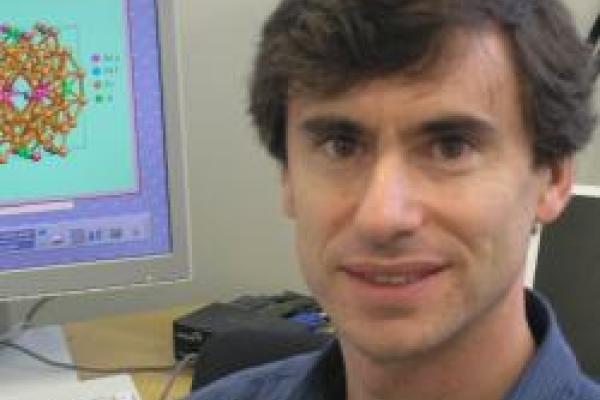
Electrons in atoms have both spin and orbital motions. The coupling of these motions (S-O coupling) is responsible for fine structure in the absorption/emission spectra of atoms and the inclusion of spin-orbit interactions is necessary for a correct description of atomic structure. This weak (relativistic) interaction, however, is rarely important in understanding the behavior of solids. This is because the properties of solids are determined by outer, valence electrons subjected to crystal electric fields, band formation and Coulomb electron-electron interactions usually much stronger than S-O coupling. This is certainly the case in first-row (3d) transition metal oxides such as Cu- and Fe-based high Tc superconductors, and Mn-based colossal magneto resistive manganites and multiferroics.
Recently, third-row transition metal oxides based on Iridium atoms with half-filled 5d shells (5d5, Ir4+ ions) have generated great interest due to the observation of unconventional insulating and magnetic ground states [1]. Since the spatial extent of 5d wave functions is significantly larger than their 3danalogs, strong band effects would usually lead to itinerant-like behavior and absence of local moments due to concomitant decrease in Coulomb interactions. Strong S-O interactions in heavy Ir ions, however, appear to be responsible for the novel behavior.
We used element (Ir)- and orbital (5d)-specific L2,3edge x-ray absorption and magnetic circular dichroism measurements to probe the nature of the electronic ground state in magnetic insulators BaIrO3and Sr2IrO4[2, 3]. A spin-only description of the magnetic ground state is directly ruled out by the measurements. Instead, the measurements show spin-orbit entanglement in 5d states resulting in comparable orbital (Lz) and spin (Sz) contributions to the local magnetic moment, even in the presence of strong crystal field and band effects. Experiments at high-pressures [3] present a unique opportunity to shed light into the delicate interplay between electronic bandwidth, S-O and Coulomb and exchange correlations leading to the gapped ground state of these novel complex oxides.
[1] B. J. Kim et al., Science 323, 1329 (2009); B. J . Kim et al., PRL 101, 076402 (2008).
[2] M. A. Laguna-Marco et al., PRL 105, 216407 (2010).
[3] D. Haskel et al., PRL 109, 027204 (2012).
